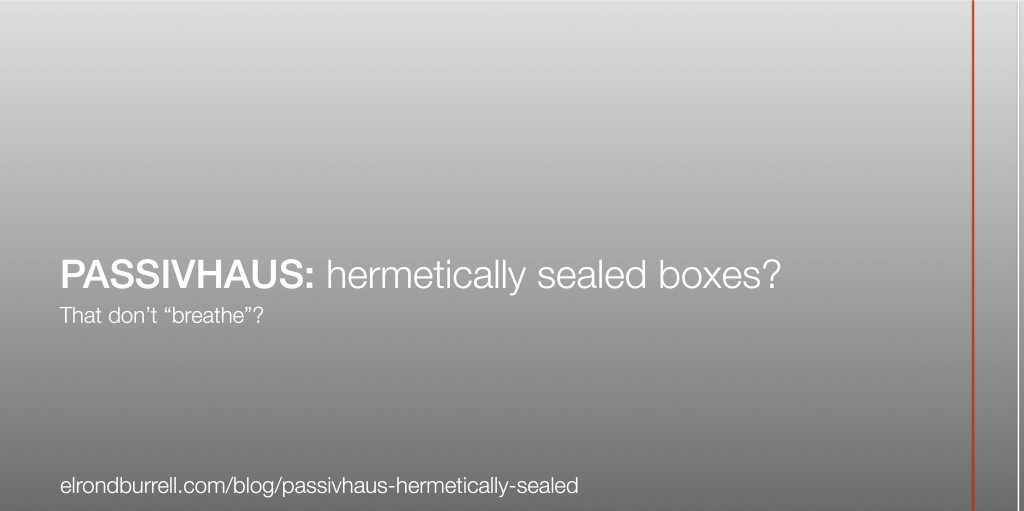In many parts of the world, we take it for granted that we have access to clean air. Or at least we think we do. As we improve the quality of our homes and other buildings, we are starting to get a more realistic picture of what we are breathing in along with our supposed clean air.
Air pollution has a significant and pervasive impact on public health. According to the World Health Organization, it is now considered “the world’s largest single environmental health risk,” with more than three million people dying every year as a result. This is more than twice the number of people that die in vehicle accidents each year.
Is your ‘clean air’ really clean and healthy?




